The office is a quiet place at this time of year. When I do get a chance to look around from the bustling road test desk, it's clear that most of the news desk have upped sticks and left for one of the biggest events in the motoring calendar: the Frankfurt Motor Show.
As usual, it's shaping up to be extremely exciting. There are new cars from the likes of Alfa Romeo, Jaguar, Bentley, Maserati and Mercedes-Benz, all of which are packed with the latest in chassis and safety technology. It's exciting on a personal level, because in time, I'll get the chance to pit these cars against the best in their classes, and witness first-hand another automotive evolution.
Of course, however, it's exciting for anybody. We often forget that cars are some of the most complex products it's possible to buy, and the manufacturers of them are constantly under pressure to make them cleaner and safer, yet cheaper and more luxurious, forcing huge leaps in technology.
It's interesting, then, that like many car lovers, I've just returned from Goodwood Revival, an event that has been set up to celebrate the exact opposite. It instead forces people to look backwards, to the 1940s, 1950s and 1960s, to a time when the automotive world wasn't as clean or as safe, but every bit as exciting.
Back then, talking to your car to switch on the radio or waving your hand in front of the dashboard to move through menus must have seemed resigned to sci-fi movies. Today we're doing that, as well as being guided between white lines, instantly connected with emergency services in the unfortunate event of an accident, while hopefully stopped from having them in the first place by radar.
In the car testing profession, I'm introduced to this new technology constantly, which is why when a small collection of lucky people gathered in Churt in the Surrey Hills to listen to Norman Dewis and Arthur Goddard speak for the first time together prior to the main event, it was all the more resonant.
For those who don't know, Norman Dewis was a development engineer for various car firms, but most prominently for Jaguar for more than 30 years. He's 95 years old, but still as sharp as they come, which isn't surprising given he was instrumental in bringing celebrated cars - among many others - such as Jaguar's C, D and E type models to fruition.


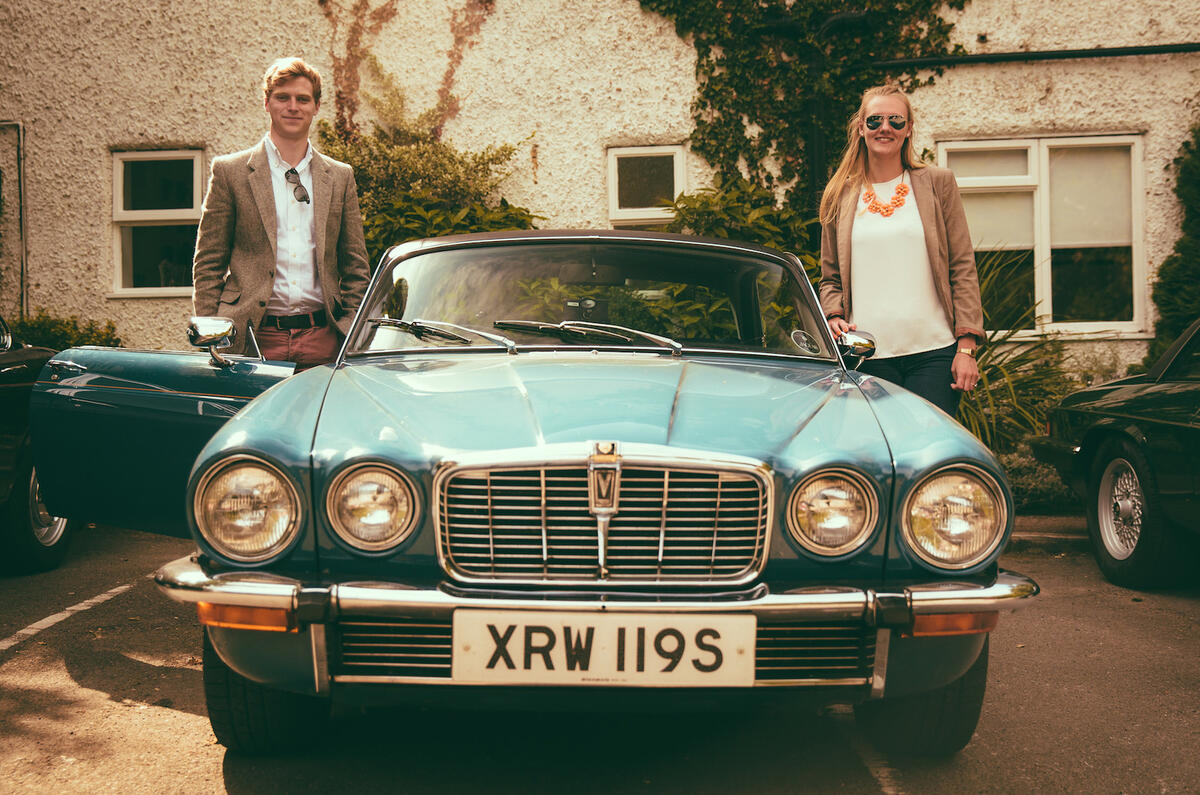
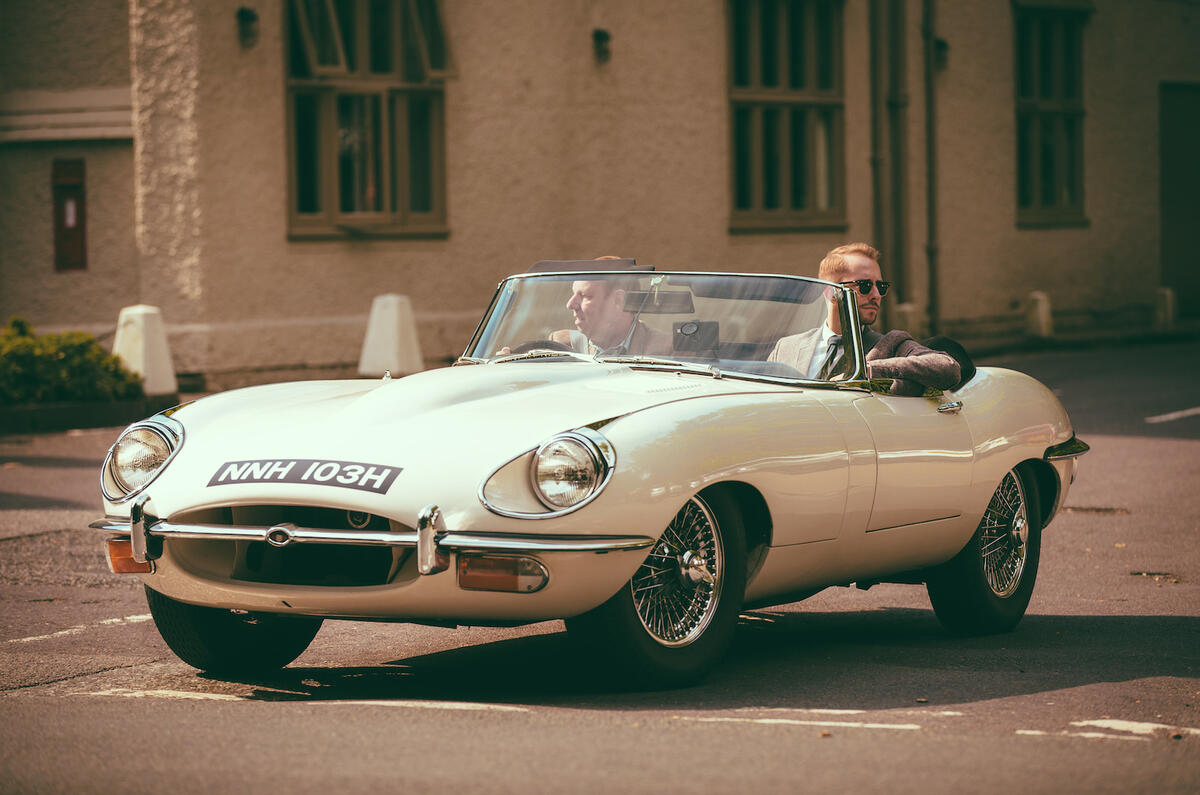

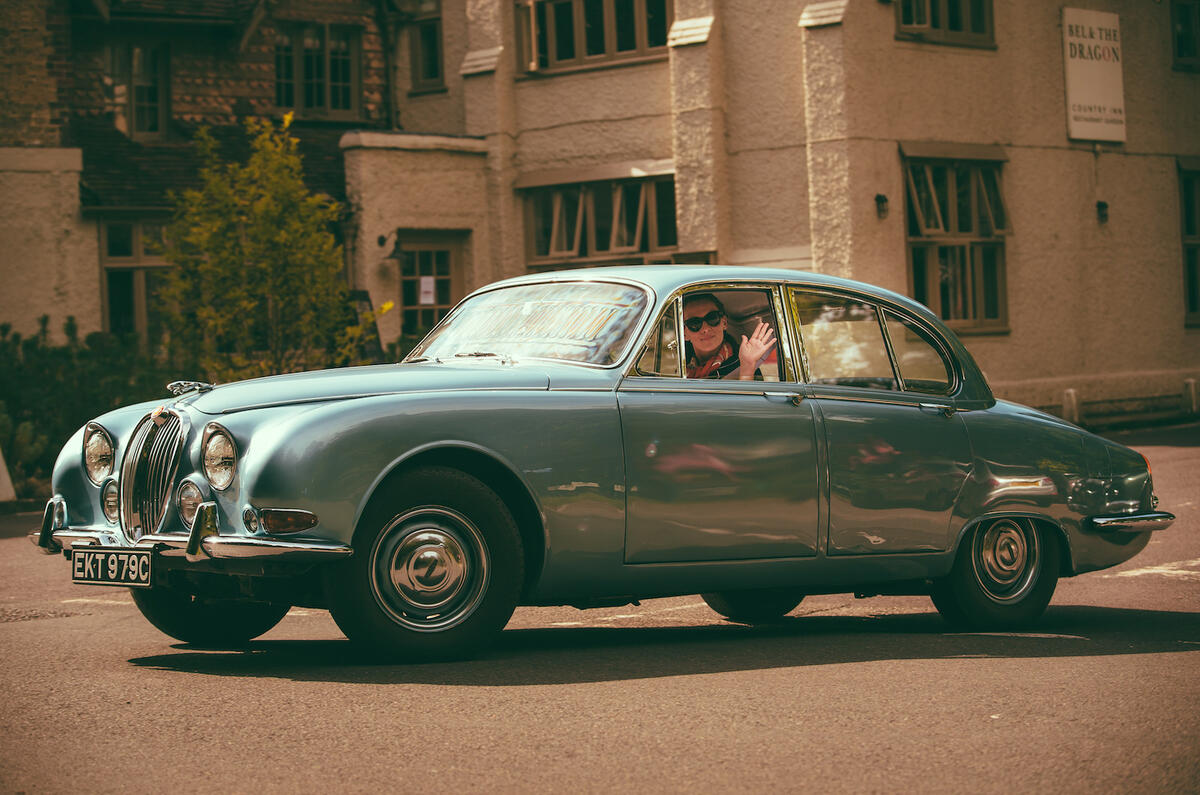


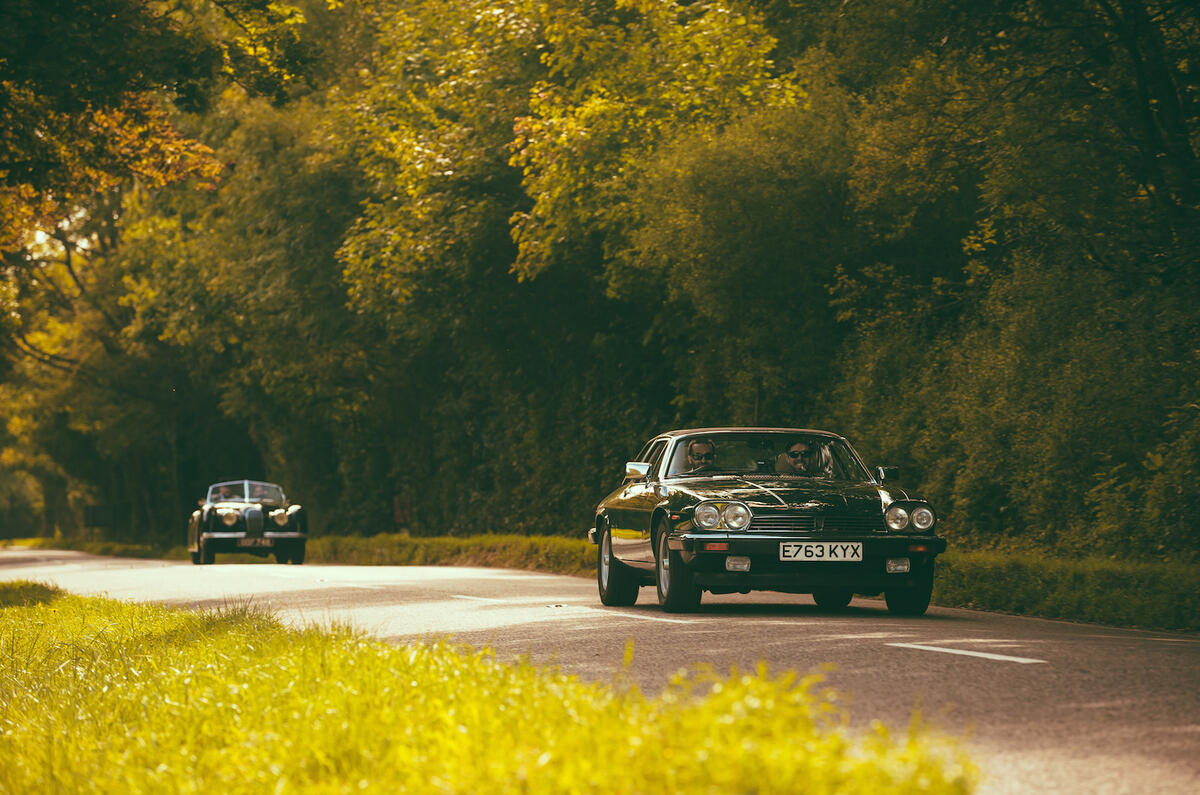
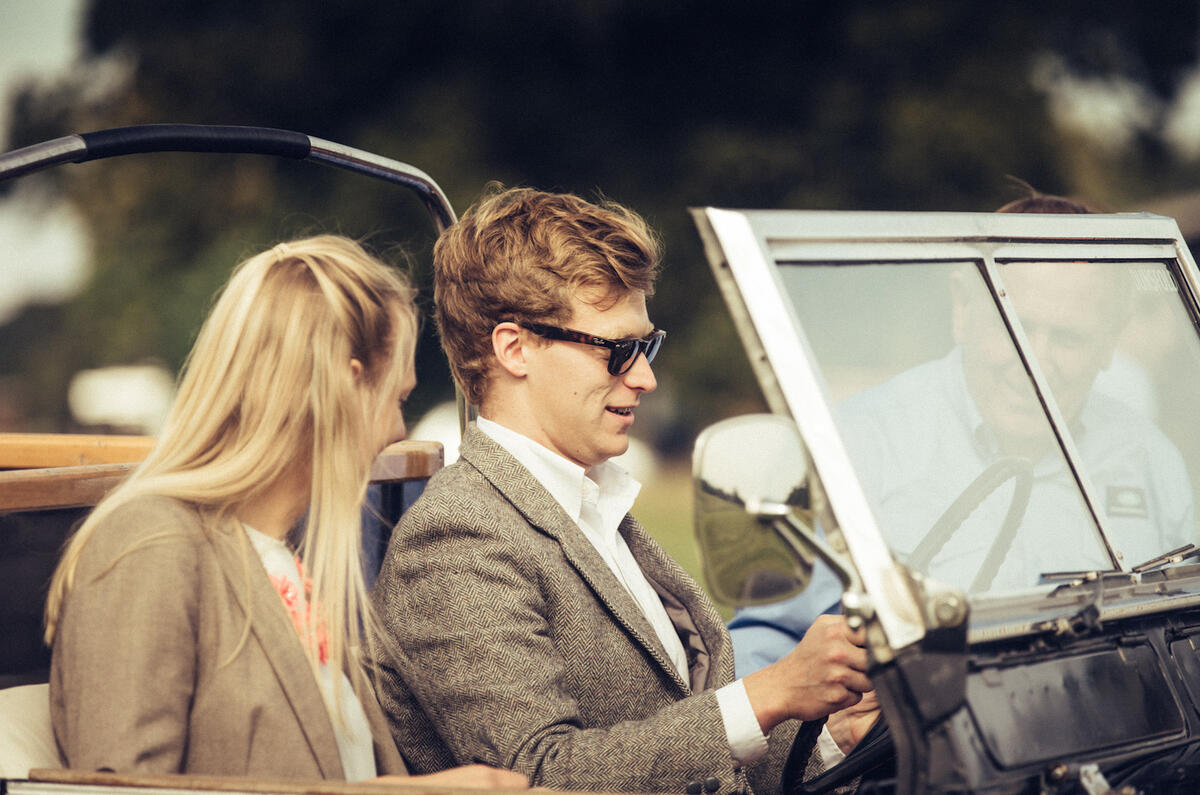


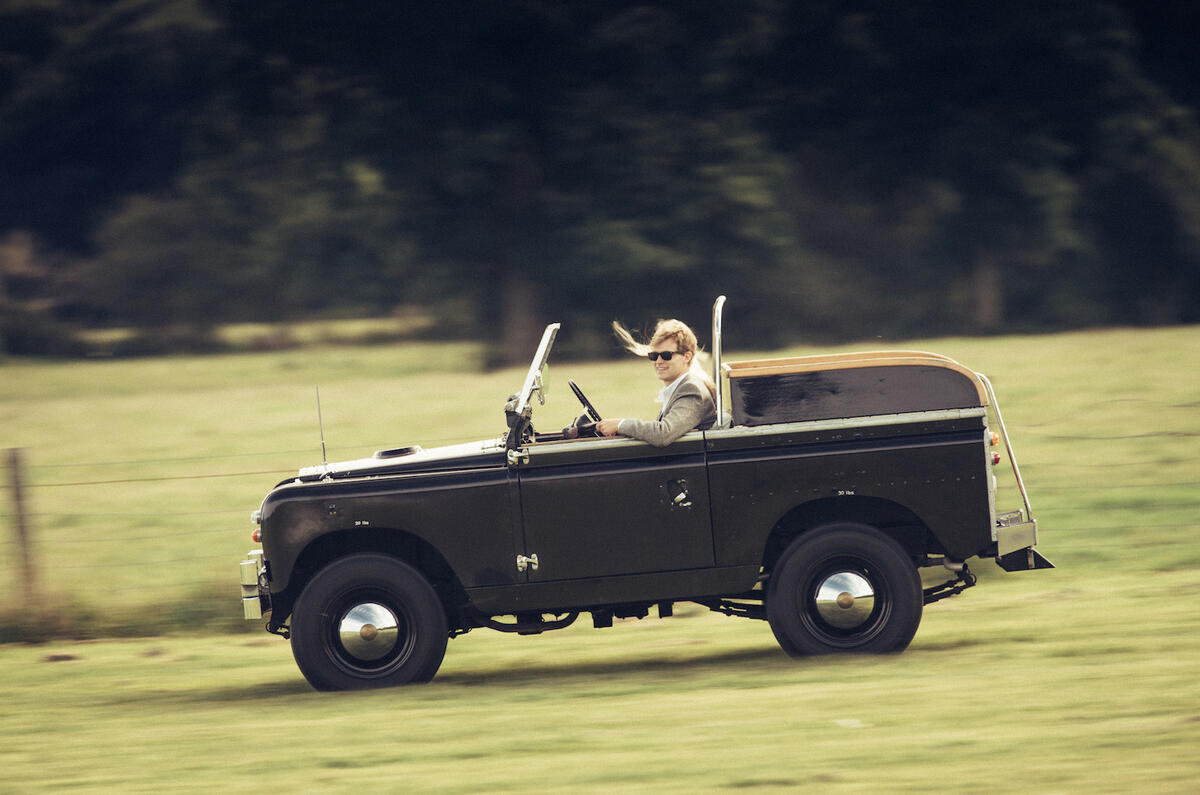

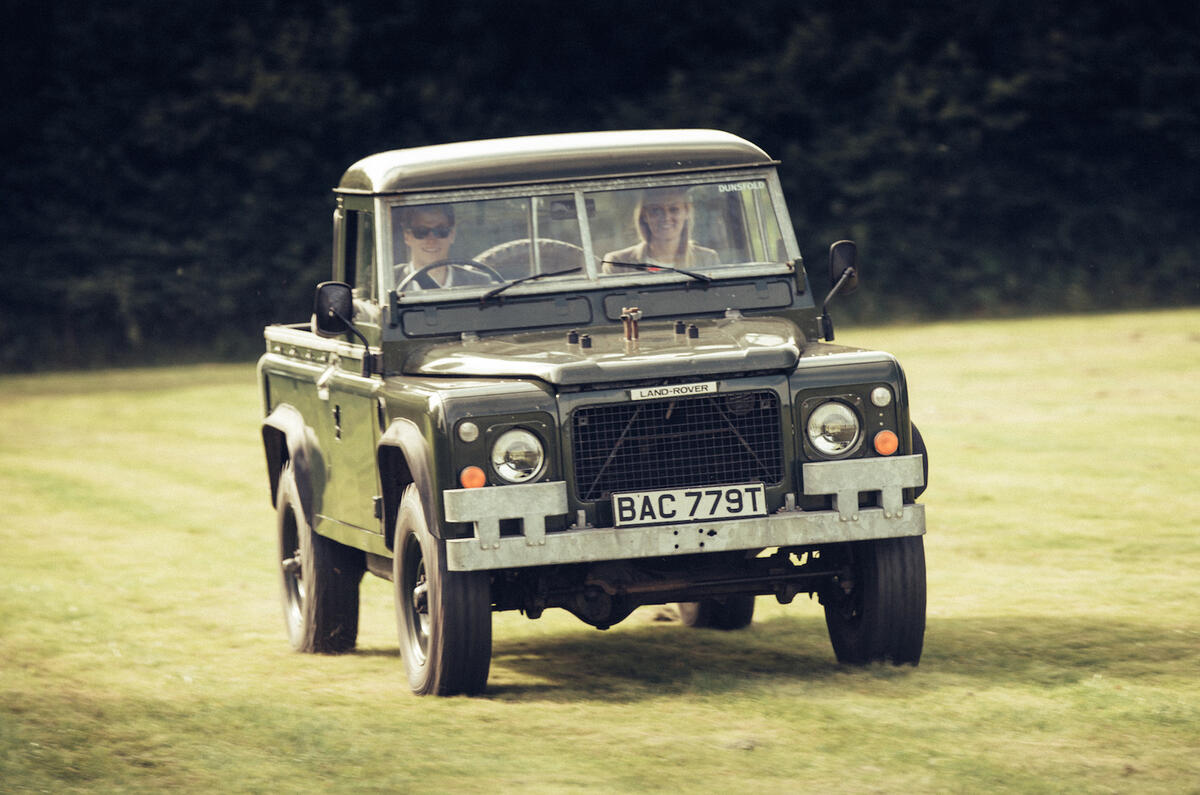




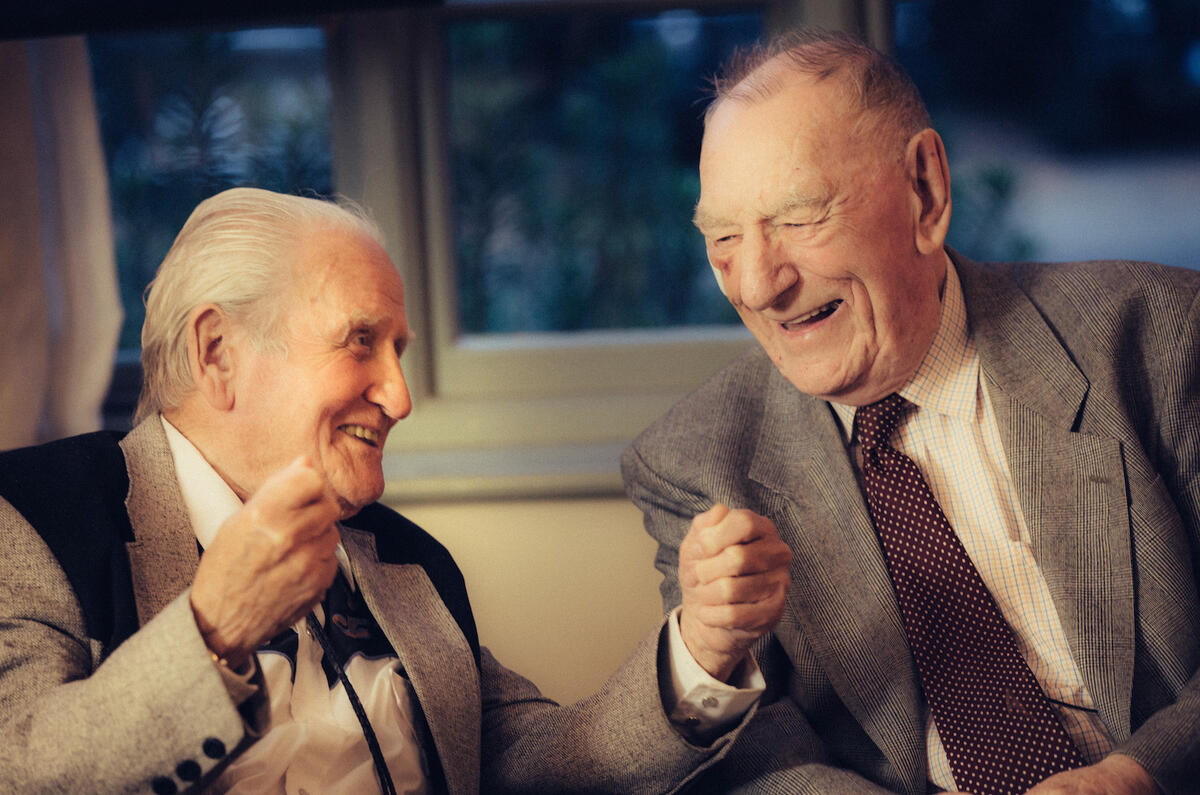
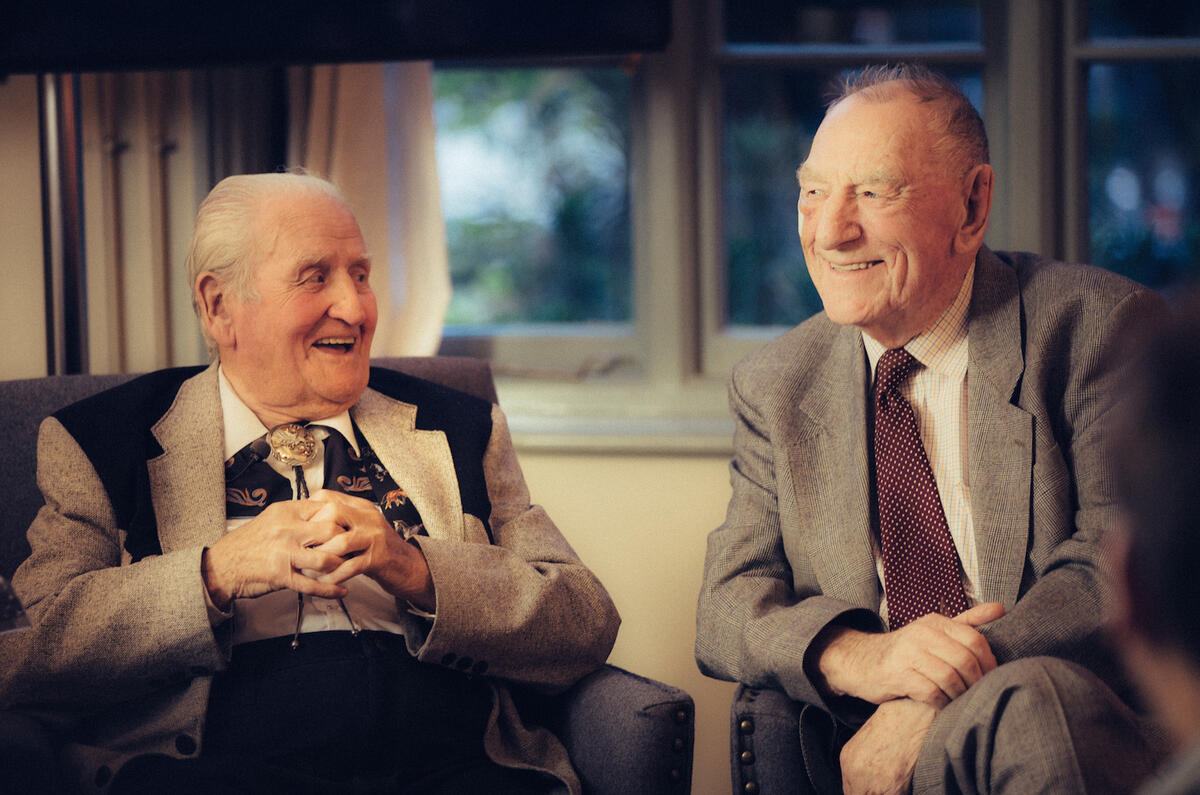




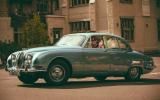






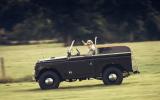











Add your comment